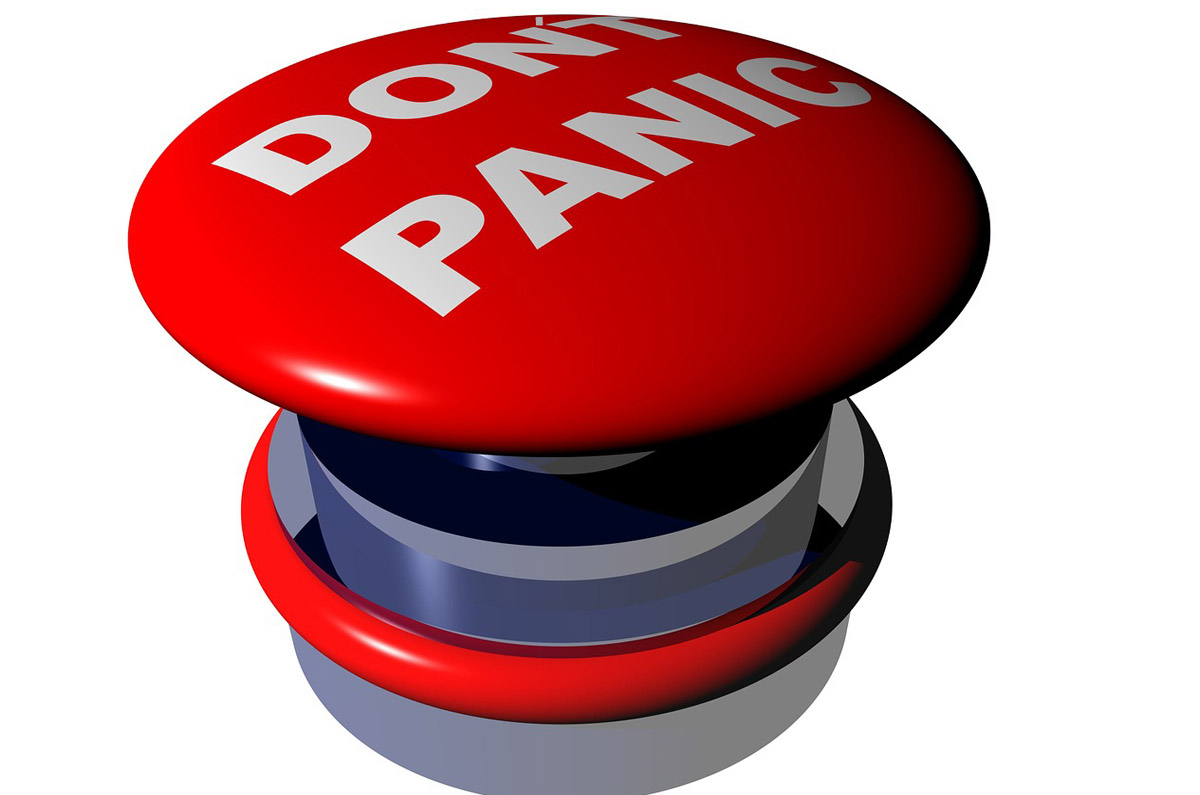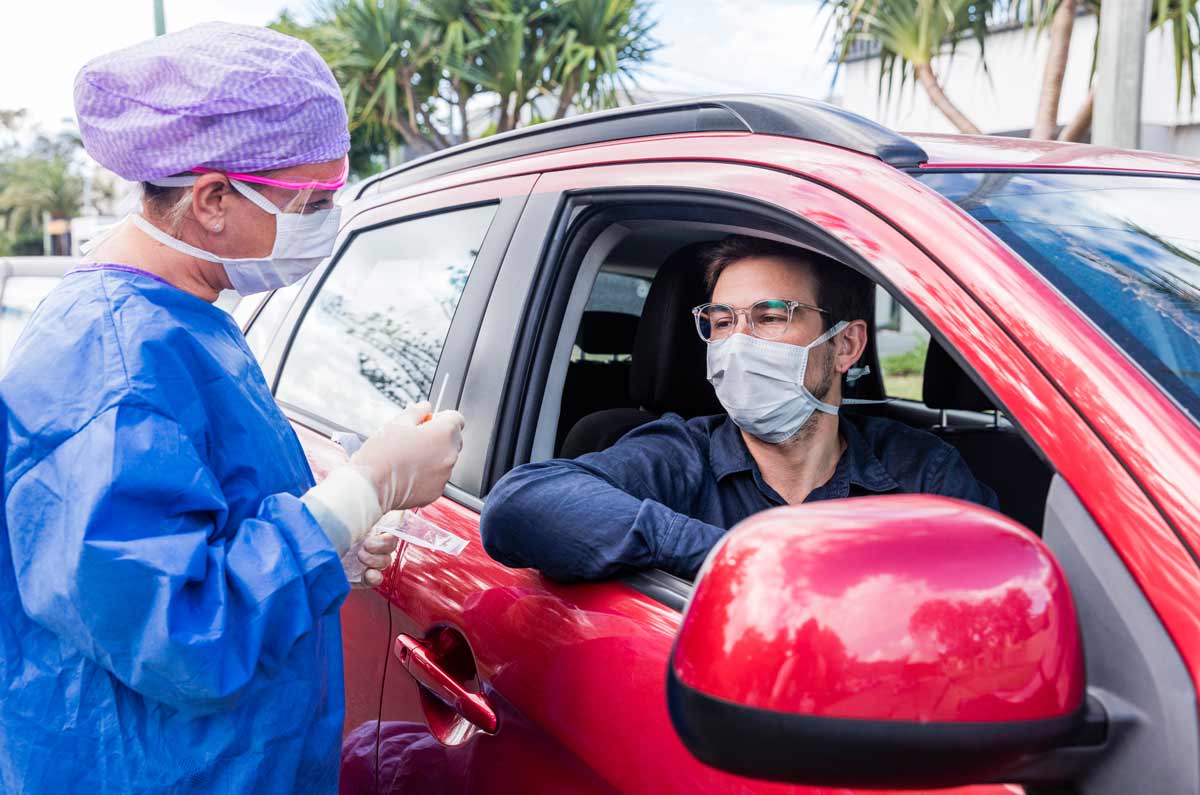The last week has seen a large number of new cases of COVID-19, particularly in Victoria. With this large increase in the number of active cases, should we be worried?
Well – yes and no. Let’s explore some of the issues.
We’re dropping our guard
SARS-CoV-2 (the virus that causes COVID-19) is like a mythical beast. It’s caused so much damage and devastation – both here and globally – but most of us haven’t faced it. It’s hard to stay vigilant against something that seems so elusive.
So we drop our guards and our standards along with them.
It’s absolutely understandable – it’s been a long road so far, we’re sick of being isolated, we want life to go back to normal.
“I wish it need not have happened in my time,” said Frodo.
“So do I,” said Gandalf, “and so do all who live to see such times. But that is not for them to decide. All we have to decide is that to do with the time that is given us.”
J.R.R Tolkien – The Fellowship of the Ring
But because most of us haven’t been exposed to the virus, we’re still susceptible. And some people are more at risk than others of becoming very ill if they develop COVID-19, including people with immune issues and certain other health conditions.
So we need to maintain our vigilance.
Community transmission
Most of the new cases can be linked to people returning from overseas and specific clusters where the origin of the virus transmission is known.
However there are some cases where we have absolutely no idea how/when/where a person became infected. This is known as ‘community transmission’ – a person becomes infected with the virus but they’ve had no contact with a known case.
They may have been in contact with someone who’s asymptomatic (infected but don’t feel unwell or show any symptoms) or someone who’s pre-symptomatic (infected but not yet showing symptoms). Or they may have come into contact with someone who thinks they have a bit of a cold, or even someone who suspects they have the virus but isn’t self-isolating.
The issue of community transmission is why we need to remain on guard against this virus. Just because restrictions have been easing doesn’t mean we can ease up on our physical (social) distancing, washing our hands as often as possible, using hand sanitiser if there’s no access to soap and water, sneezing and coughing into the elbow, staying home when we’re sick and getting tested if/when we develop symptoms, however mild.
Remember, symptoms of COVID-19 are:
- fever
- chills or sweats
- cough
- sore throat
- shortness of breath
- runny nose
- loss of sense of smell.
For more information about symptoms and to see if you or someone you care for may have the virus, use the healthdirect Coronavirus (COVID-19) Symptom Checker. Answer a few simple questions to find out if you need to seek medical help or be tested. Or call the National Coronavirus Helpline on 1800 020 080, 24 hours a day, seven days a week.
Winter is here
And for most of Australia there’s is a bit (or a lot) of chill in the air. Which means we’re staying indoors, huddling close together to stay warm, keeping the windows closed to keep the cold out and the warm in. Unfortunately all of these things make it easier for germs to spread. We’re close together and there’s little ventilation. Perfect to help the little buggers move from person to person.
Along with the cold weather, we’re seeing more people gather together as restrictions ease and as boredom well and truly sets in. This’s a big problem. On a recent trip to the local shopping centre I was shocked by how many people I saw –most weren’t allowing 1.5 metres between themselves and others, people were hugging, coughing into their hands, not using hand sanitiser when entering stores…all of these things allow germs to spread through the community. Needless to say I hightailed it to the closest exit and went home.
It’s cold and flu season
This pandemic is overlapping with our flu season. Yay! Currently flu numbers in Australia are low due to our physical distancing measures. However, this may change for the same reasons we’ve seen increases in COVID-19 cases.
There’s also the potential that people may become infected with the flu and COVID-19 at the same time, which, to put it mildly, isn’t ideal. While we don’t know if this leads to more severe cases of both infections, the immune system will be weakened by fighting two infections. And if a person’s immune system is already weak due to another health issue, this has the potential for very serious outcomes.
Finally if flu numbers do increase as we continue through our flu season, it will have an impact on our healthcare system, which is already working overtime because of the pandemic. It seems like so long ago, but the 2019 flu season was our worst flu season on record.
So for all of these reasons we’re being urged to get our flu vaccination this year.
This is also a time of year when many of us succumb to colds. Coughing, a runny nose or sore throat may be symptoms of cold, allergies, the flu or COVID-19. If you experience these symptoms, don’t just assume it’s a cold or your allergies flaring up. The same goes with muscle soreness and a fever. For some people with musculoskeletal conditions, this may be a symptom of a flare. Or it may be your body displaying signs of COVID-19. The best thing you can do is stay home and contact your doctor – and if recommended – get tested.
So should we be worried about these COVID outbreaks?
We should be concerned because most of us are still susceptible to the virus, and some of us are at risk of becoming seriously ill if we become infected with COVID-19.
So stay at home if you’re unwell, know the symptoms of COVID-19, wash your hands often and thoroughly, cough/sneeze into your elbow, maintain physical distancing measures and continue to follow the advice of our health officers.
But we shouldn’t become so worried that we don’t get out (safely and responsibly), that we don’t live our lives. We were able to keep the numbers down for months. We can do it again.
Contact our free national Help Line
If you have questions about things like COVID-19, your musculoskeletal condition, treatment options, telehealth, managing your pain or accessing services be sure to call our nurses. They’re available weekdays between 9am-5pm on 1800 263 265; email (helpline@msk.org.au) or via Messenger.
More to explore
- Sick and tired of iso? Hang in there
Musculoskeletal Australia, 30 April 2020 - ‘Need to keep our guard up’: Spike in coronavirus cases has experts concerned
The Sydney Morning Herald, 19 June 2020 - Can Australia expect a spike in coronavirus cases over winter?
The Guardian, 4 June 2020 - How the cold impacts coronavirus and what it will mean for winter in Australia
SBS News, 28 April 2020











